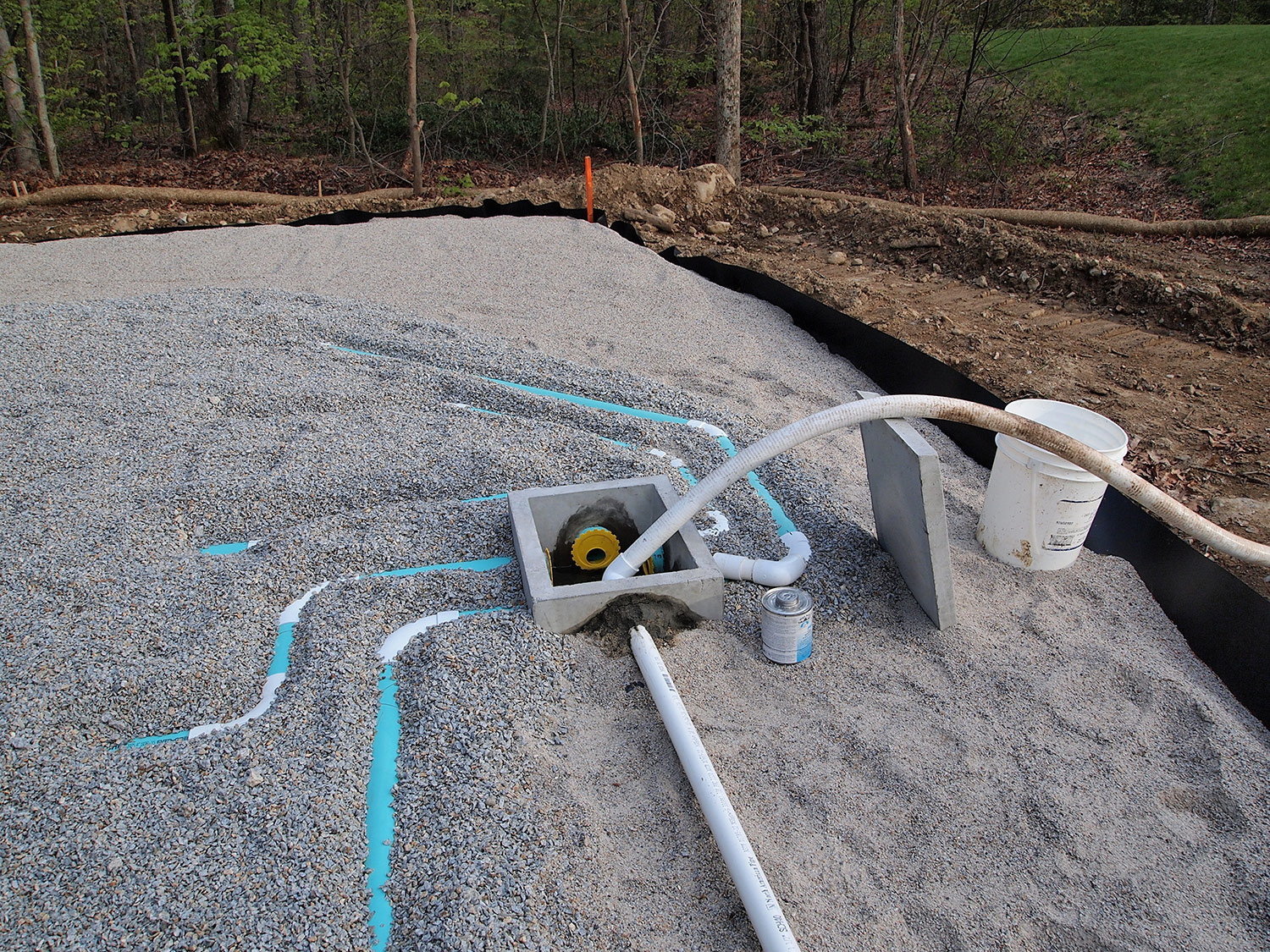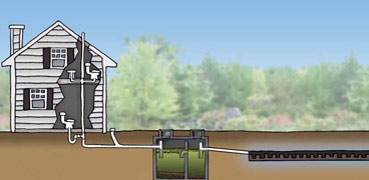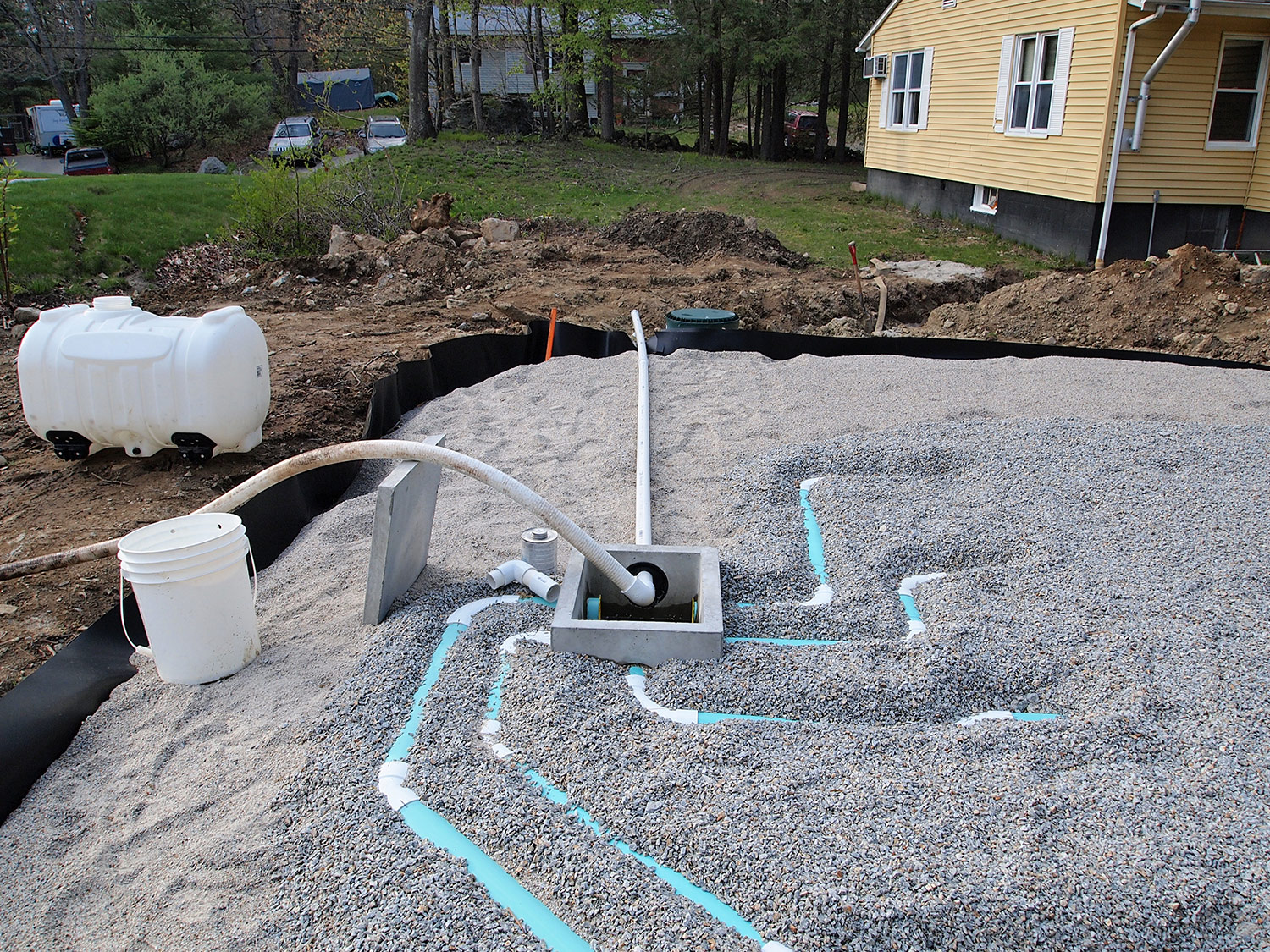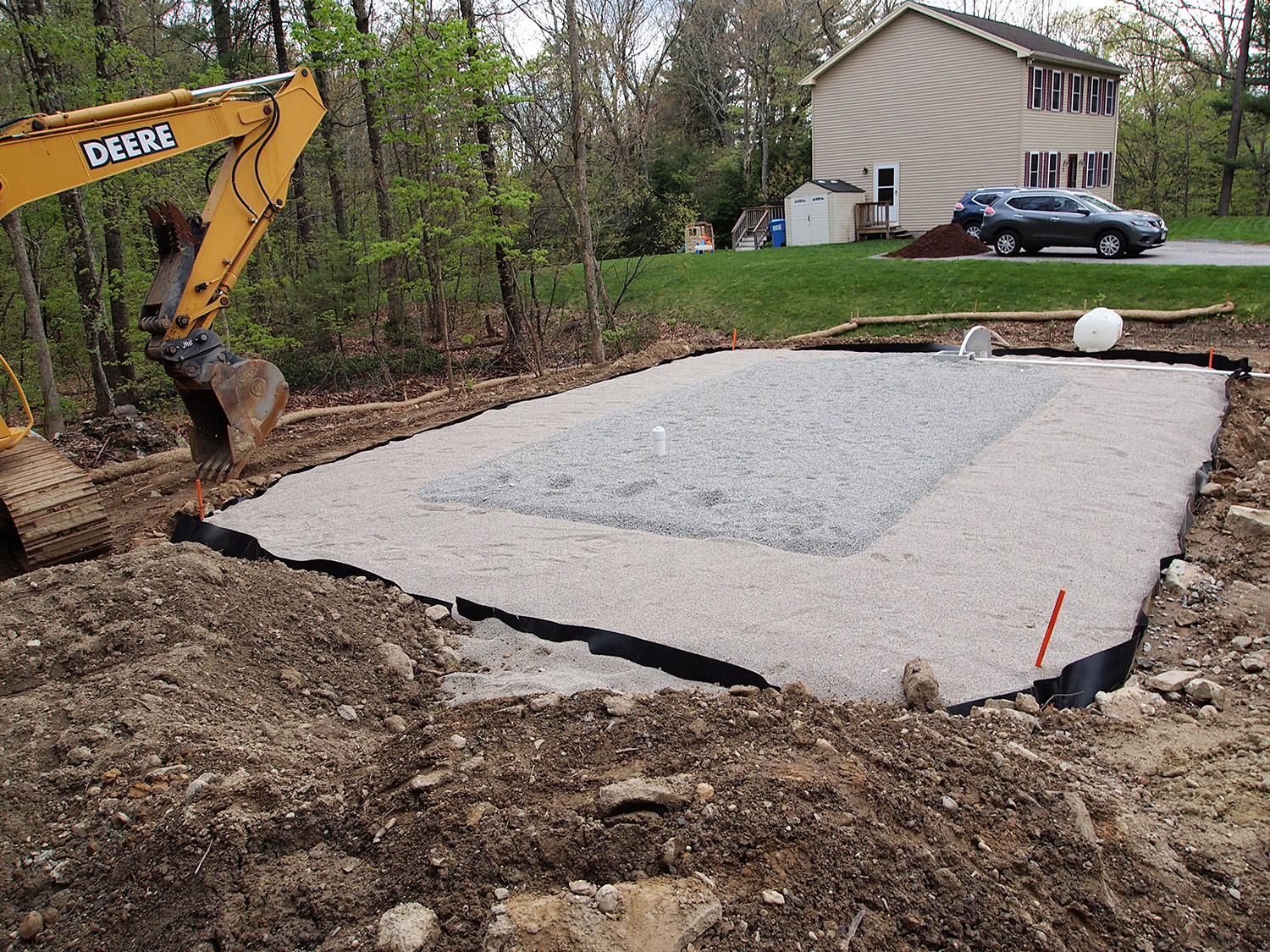
A septic tank is an underwater sedimentation tank used for wastewater treatment through the process of biological decomposition and drainage.
Septic tanks allow a safe disposal of wastewater and hence are widely popular in areas that have a poor drainage system or are off the mains sewage network. They work by collecting the excreta and wastewater in one big underground tank, they are predominantly used in rural areas.
Septic tanks are not used much in urban areas as waste in cities and towns is dealt with and transported through the sewage system, these are maintained by the water company in your local area.
Basics of home septic system:
A septic system has a simple design. It is an underground watertight container (mostly rectangular or round) made of fiberglass, plastic or concrete.
The tank is connected with two pipes (for inlet and outlet). The inlet pipe collects the water waste in the septic tank, long enough that the solid and liquid waste is separated from each other. The outlet pipe also called the drain field, moves out the preprocessed wastewater from the septic tank and spreads it evenly in the soil and watercourses.
After a while, the wastewater separates in 3 layers.
The top layer is oils and grease and floats above all the waste. This is called scum.
The middle layer is the wastewater along with waste particles.
The bottom layer consists of heavier particles that are heavier than water and form a layer of sludge.
Inside the tank bacteria from the wastewater breaks down the solid waste.
These bacteria decompose the solid waste rapidly allowing the liquids to separate and drain away more easily.
Cleaning of the Septic tank : A requirement every few years
If a septic tank is not cleaned regularly (within 1 year for smaller tanks), toxins and antibacterial substances build up killing the vital bacteria that break down the waste.
Many household cleaners build up sludge and solid waste in the septic tank and drainfield lines. This leads to the septic system failure, by failure we mean that the solid waste blocks the system and overflows into the watercourse or out of the access grating.
Failure in the septic system is not only an expensive affair but also an invitation to waterborne diseases, it also smells fowl!
Depending on the severity and the damage to the entire septic system, it is important for people to understand how important septic tank cleaning is.
Follow a strict septic tank cleaning routine to protect the system against clogging and break down. You can contact waste treatment companies to take care of the septic system and ensure its proper functioning.
Cannot remember when you last cleaned the tank: Here’s what happens
The decomposition process in the tank slows down, leading to blockage and overflow. Over time, soil, sludge, excrement and solid waste build up, as a result, the solid waste starts to build up. This process gets worse and finally the septic system gives up and backs up completely.
It might be hard to tell when a septic system is in trouble. It can vary from as little as 2 years to as long as 100 years! Rather than waiting for the septic system to reach its breaking point, it is advisable to act upon it beforehand, cleaning the tank out every 1–3 years is advisable.
One of the best ways to do it is by cleaning the water before it leaves the tank. Applying a strong monthly septic tank cleaner upstream of the drainage zone as it abolishes the ill effects of soaps and cleaners that kill the bacteria in the tank. For decomposition of solid waste, it is very important that bacteria stays in the tank.
For more information, contact Morse Engineering and Construction.



